Ever wonder about the stories behind the items you use every day? You might be shocked to learn that many common objects have unexpected and fascinating origins. From kitchen gadgets to beauty products, let’s explore the surprising histories of 18 everyday items that will make you see them in a whole new light.
The Chainsaw: A Birthing Tool Turned Timber Cutter

Believe it or not, the chainsaw wasn’t originally designed for cutting trees. It was invented in the late 18th century to help with difficult childbirths. The original device was hand-cranked and much smaller than modern chainsaws. Doctors used it to cut through pelvic bone and cartilage when a baby was stuck in the birth canal. This gruesome origin story might make you think twice the next time you’re doing some yard work!
Treadmills: From Punishment to Fitness

Today, treadmills are a staple in gyms and homes for fitness enthusiasts. But their history is far from uplifting. In the early 19th century, treadmills were used in prisons as a form of punishment and hard labor. Prisoners would walk for hours on giant, hamster-wheel-like contraptions, often grinding grain or pumping water. It wasn’t until the mid-20th century that treadmills were repurposed for exercise and health benefits.
Lysol: The Questionable Contraceptive
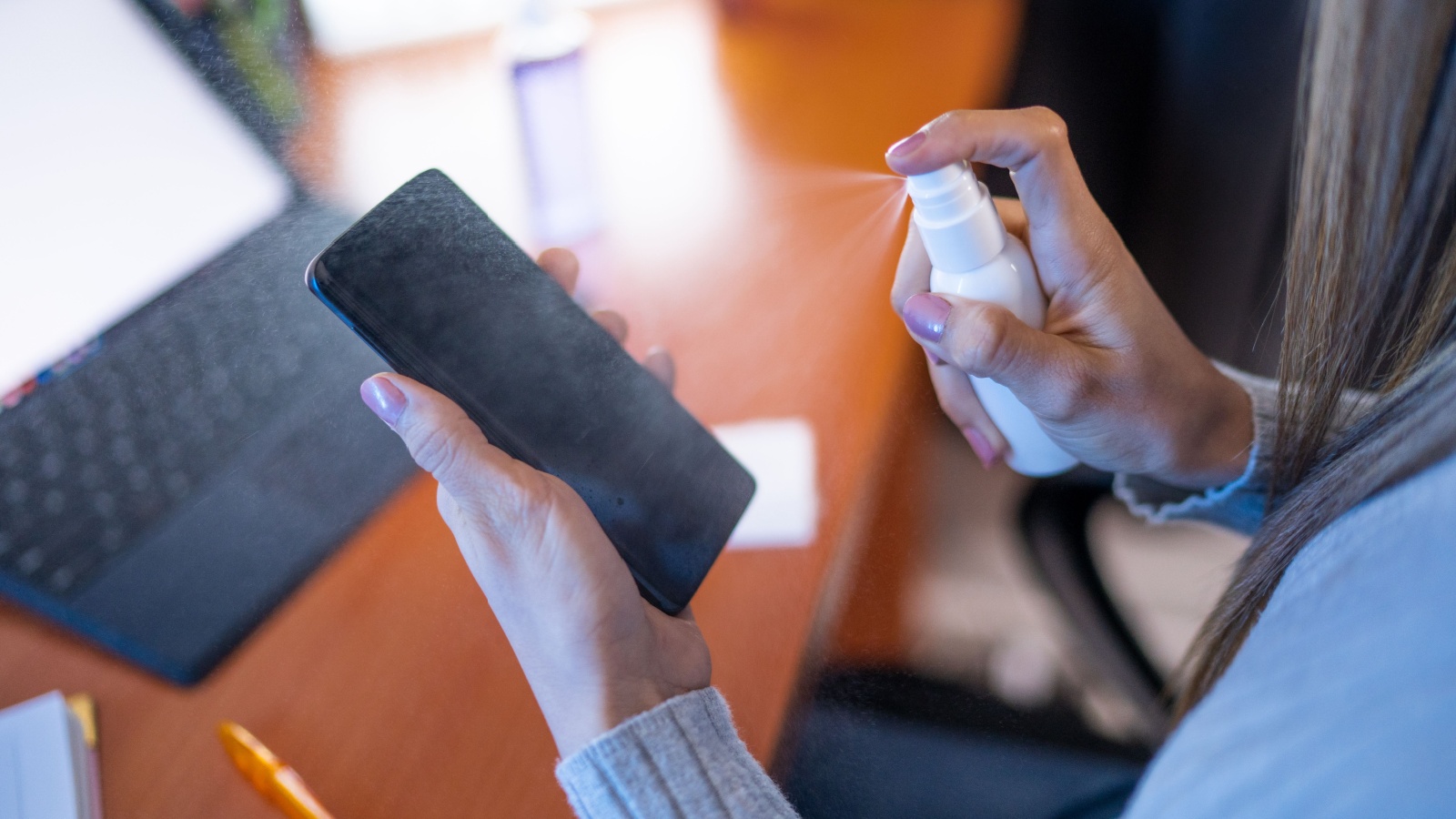
Lysol is now known as a powerful household disinfectant, but its original purpose was quite different. In the 1920s and 1930s, Lysol was marketed as a feminine hygiene product and birth control method. This dangerous and ineffective use continued for decades, despite causing severe injuries and even deaths. It wasn’t until the 1960s that Lysol rebranded as the cleaning product we know today.
Kleenex: From Gas Masks to Runny Noses

The soft tissues we reach for when we have a cold weren’t always meant for noses. Kleenex was first developed during World War I as a filter for gas masks. After the war, the company needed to find a new use for their product. They rebranded the material as a disposable way to remove cold cream and makeup. It wasn’t until later that people started using Kleenex as disposable handkerchiefs, leading to its current primary use.
Bubble Wrap: Failed Wallpaper to Packing Star
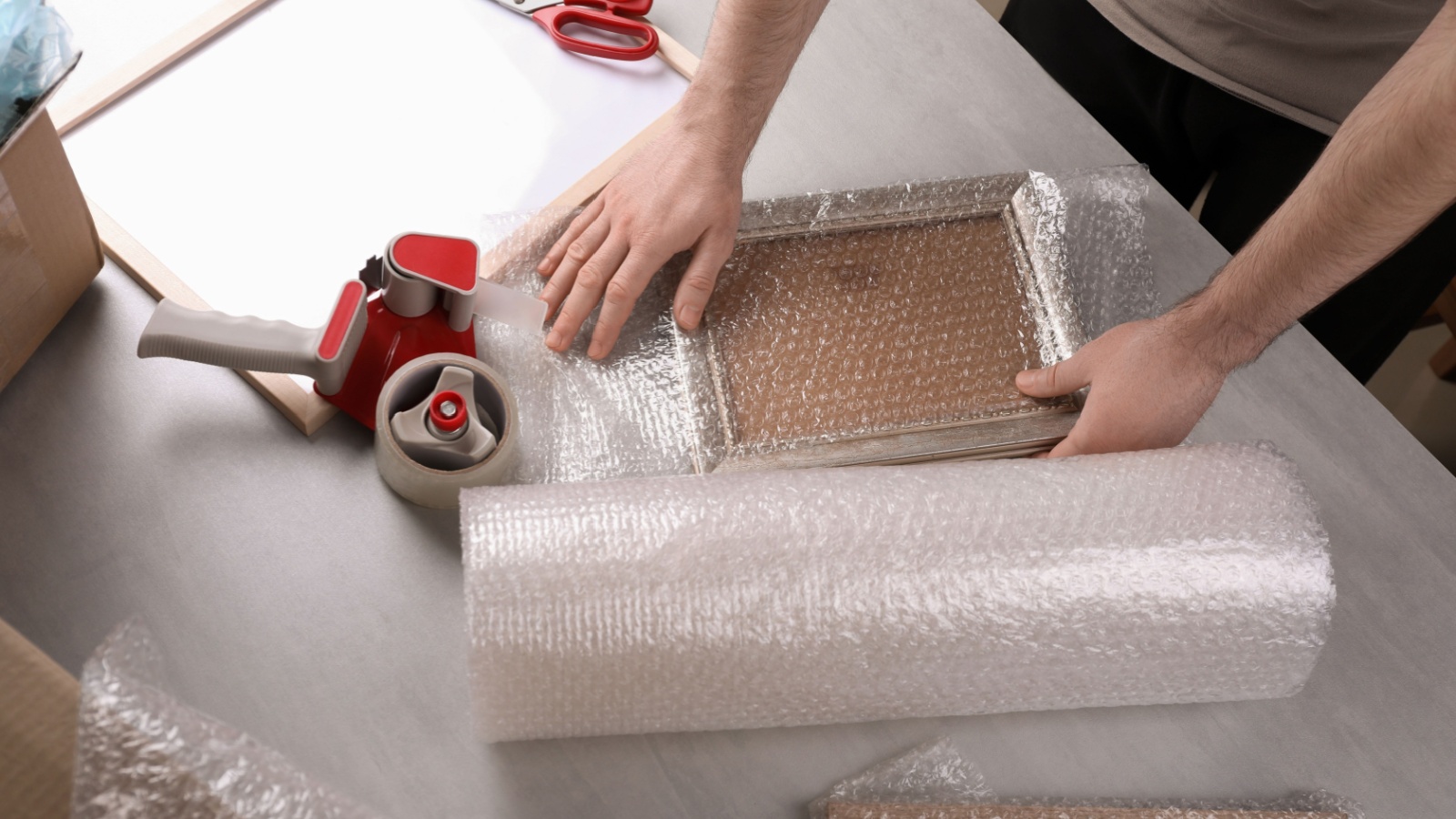
That satisfying pop of bubble wrap wasn’t always meant for packaging. In 1957, two engineers were trying to create a textured wallpaper by sealing two shower curtains together, trapping air bubbles. While it failed as wallpaper, they soon realized its potential as a packing material. Today, bubble wrap is a staple in shipping and moving, protecting fragile items worldwide.
Coca-Cola: From Headache Remedy to Global Beverage

Coca-Cola, the world’s most popular soft drink, started as a cure for a different kind of headache. In 1886, pharmacist John Pemberton created the syrup as a non-alcoholic version of his cocaine-laced French Wine Coca. Initially sold as a patent medicine, it was marketed as a cure for morphine addiction, dyspepsia, and headaches. The drink’s popularity soon outgrew its medicinal roots, becoming the beverage giant we know today.
Play-Doh: Accidental Toy from Wallpaper Cleaner
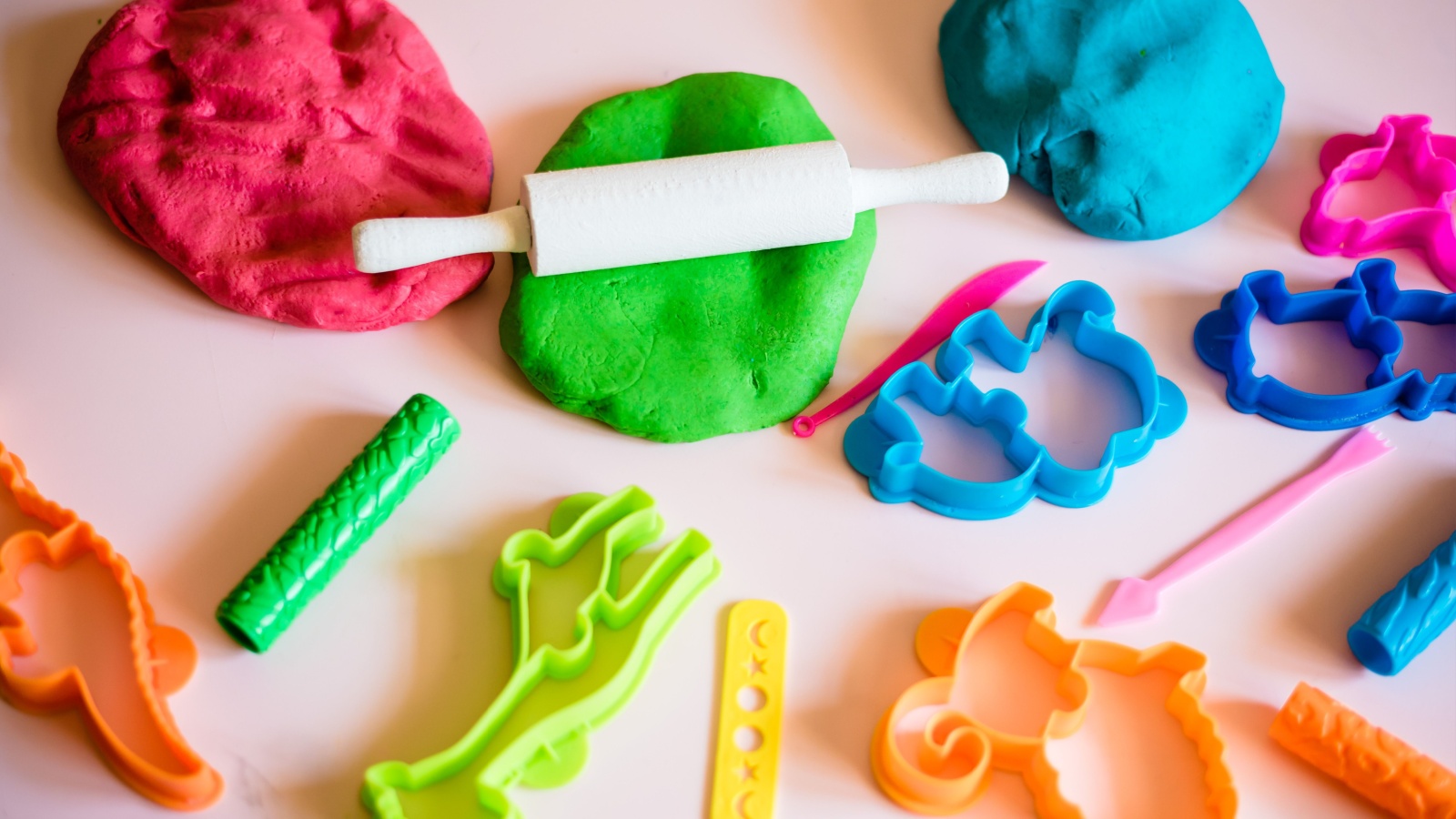
This colorful modeling compound began its life far from the toy box. In the 1930s, Play-Doh was a wallpaper cleaner used to remove soot from walls. As homes switched from coal to gas heating, the need for wallpaper cleaner decreased. The company was on the brink of bankruptcy when they discovered that schoolchildren were using the product as a modeling clay. They quickly rebranded, removed the cleaning chemicals, added colors, and Play-Doh became a childhood staple.
Listerine: Surgical Antiseptic to Fresh Breath

Listerine, now synonymous with fresh breath, was originally developed as a surgical antiseptic. Created in 1879, it was named after Joseph Lister, the pioneer of antiseptic surgery. The product was marketed for various uses, including cleaning floors and curing gonorrhea. It wasn’t until the 1920s that the company rebranded Listerine as a solution for bad breath, inventing the term “halitosis” to describe this “medical condition.”
Post-it Notes: Failed Super-Glue to Office Essential

The sticky notes we can’t live without in offices today were born from a failed experiment. In 1968, a 3M scientist was trying to create a super-strong adhesive. Instead, he accidentally created a weak, pressure-sensitive adhesive that could be peeled off surfaces without leaving a residue. The invention was initially considered a failure until another 3M scientist realized its potential as a bookmark. Thus, the Post-it Note was born, revolutionizing office organization.
Viagra: Heart Medication to Bedroom Booster

Viagra’s journey from heart medication to erectile dysfunction treatment is a prime example of scientific serendipity. Originally developed to treat angina and high blood pressure, researchers noticed an unusual side effect during clinical trials. Male participants were reluctant to return their unused pills, citing improved erections. Pfizer quickly shifted gears, and Viagra became one of the fastest-selling drugs in history.
Frisbee: Pie Tins to Flying Discs

The Frisbee’s flight from pie container to popular toy is a tale of American ingenuity. In the 1870s, students at Yale University began tossing empty pie tins from the Frisbie Pie Company for fun. Entrepreneur Walter Morrison saw the potential in this activity and developed a plastic disc that could be thrown further and with more accuracy. Wham-O later bought the rights, renamed it “Frisbee,” and a new sport was born.
Silly Putty: War Effort to Children’s Toy
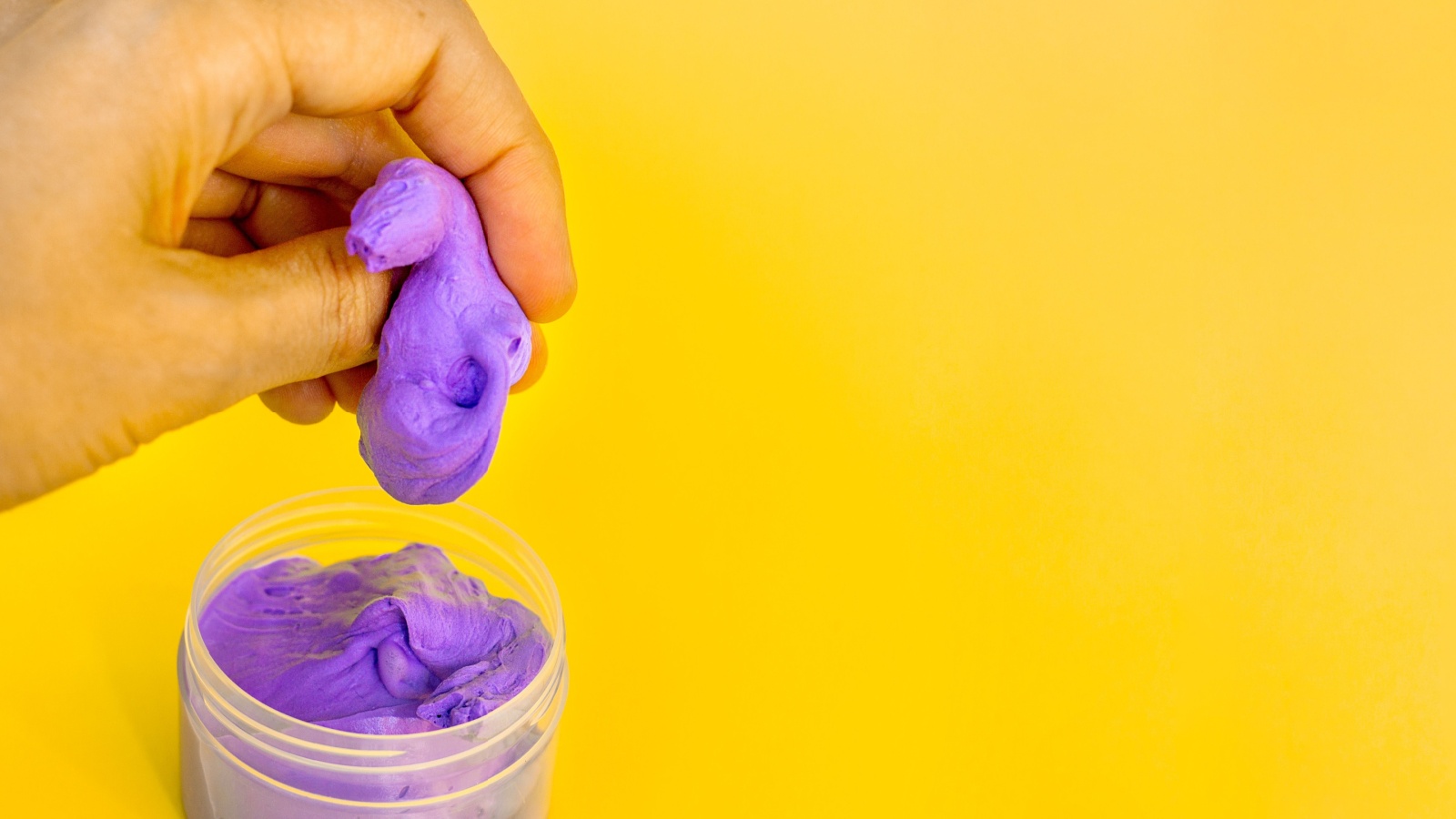
During World War II, the U.S. government asked scientists to create a synthetic rubber substitute. One attempt resulted in a stretchy, bouncy substance that didn’t quite fit the bill for tires or boots. However, it caught the attention of a toy store owner who saw its potential as a novelty item. Marketed as Silly Putty, it became a huge hit with children, who loved its unique properties. Today, it remains a popular toy, showcasing how failed inventions can find unexpected success.
Microwave Oven: Radar Technology to Kitchen Staple

The microwave oven, now a kitchen essential, has its roots in World War II radar technology. In 1945, engineer Percy Spencer was working on magnetrons for radar sets when he noticed that a chocolate bar in his pocket had melted. Intrigued, he experimented further and realized the potential for cooking food quickly. The first microwave ovens were enormous and expensive, but they eventually shrunk in size and price, revolutionizing home cooking.
Slinky: Naval Engineer’s Accident to Beloved Toy
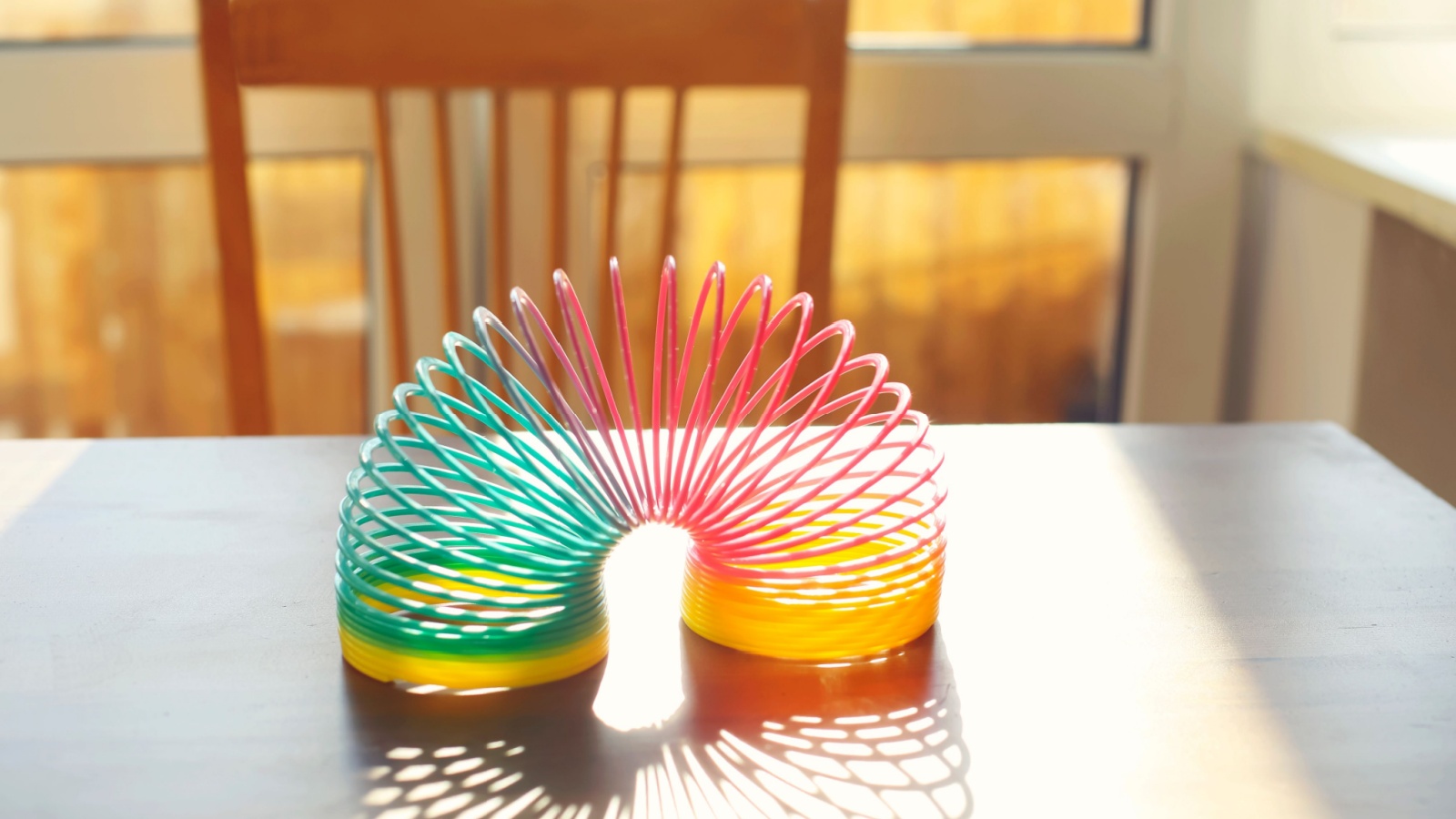
The Slinky, that mesmerizing metal coil that “walks” down stairs, was an accidental invention. In 1943, naval engineer Richard James was working on springs to keep sensitive ship equipment steady at sea. He knocked one of his prototypes off a shelf and watched in amazement as it “walked” instead of falling. Recognizing its potential as a toy, James and his wife refined the design and launched the Slinky. It became an instant hit and remains a classic toy today.
Super Glue: Precision Gun Sights to Sticky Situations
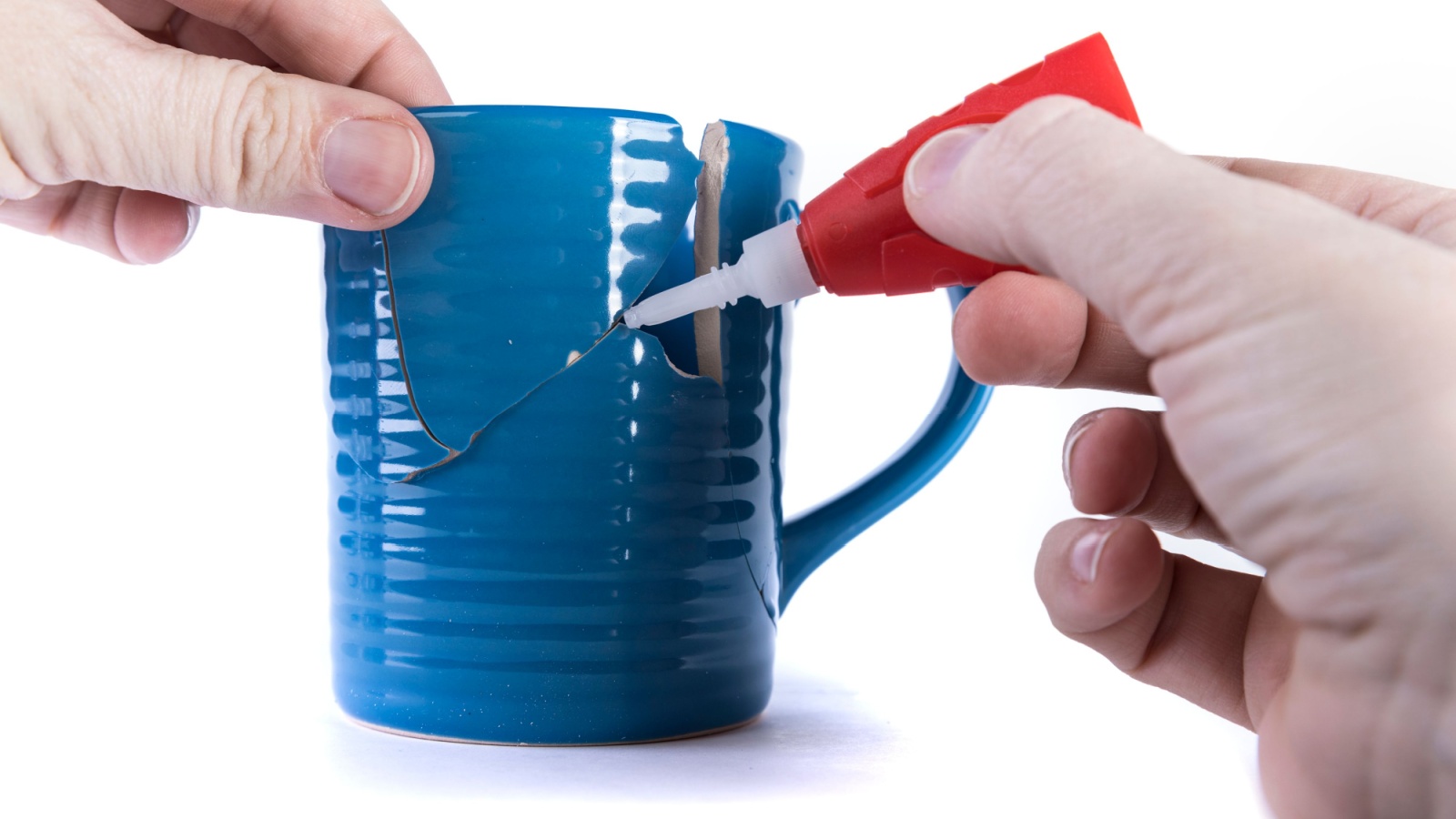
Super Glue’s journey from the battlefield to our kitchen drawers is a tale of accidental discovery. During World War II, scientists were trying to create clear plastic gun sights. One researcher, Dr. Harry Coover, stumbled upon a substance that stuck to everything it touched. Initially deemed too sticky to be useful, Coover rediscovered its potential years later. Super Glue hit the market in 1958 and quickly became indispensable for quick fixes around the home.
Kotex: War Bandages to Women’s Health
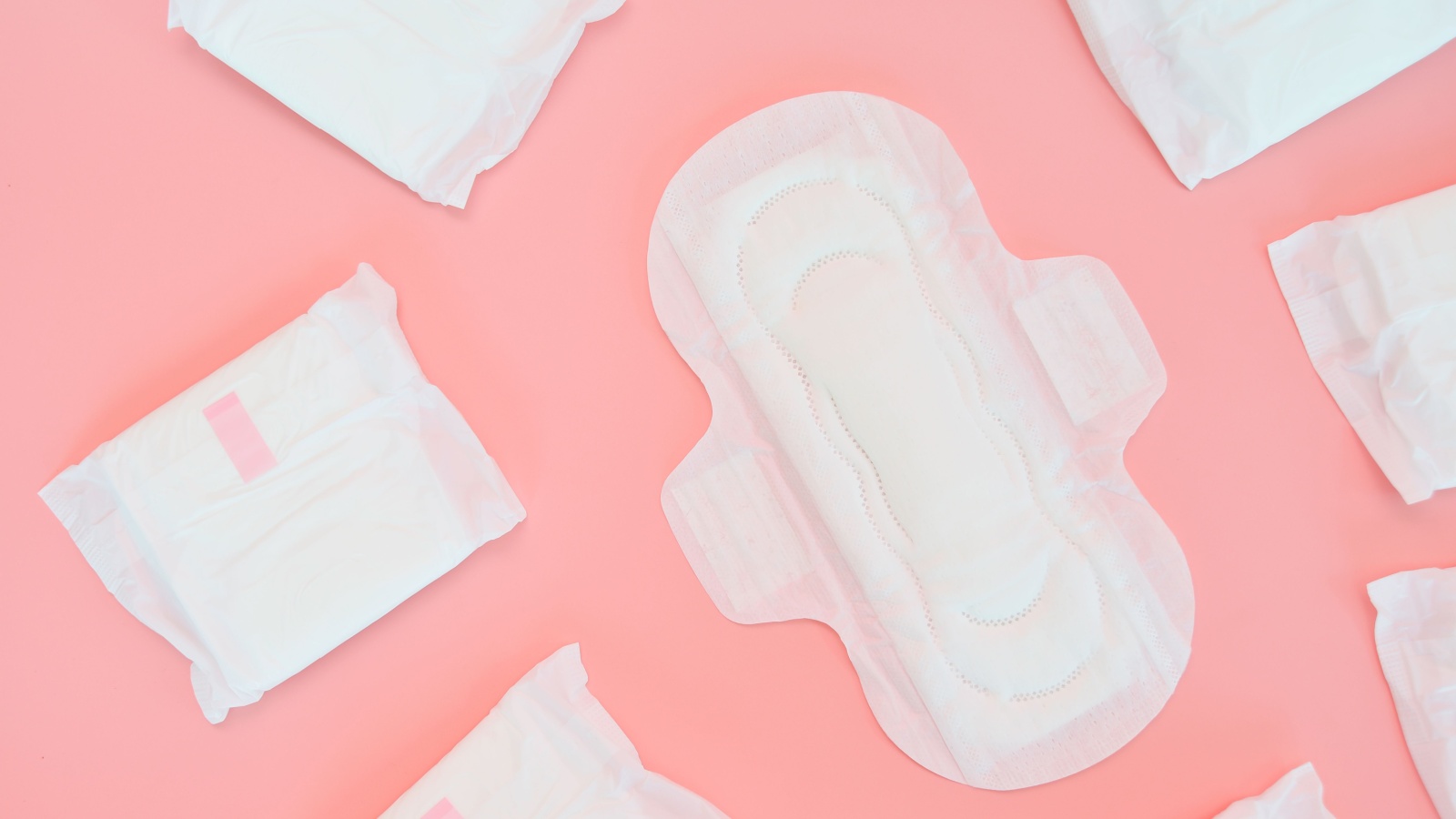
The origin of Kotex sanitary napkins is rooted in World War I medical care. Nurses on the front lines discovered that the super-absorbent bandages used for wounded soldiers worked well for their menstrual needs. After the war, Kimberly-Clark repurposed this material, creating the first disposable sanitary napkin. This innovation dramatically improved women’s health and freedom, though initially, the product was too taboo to advertise openly.
Lego: Wooden Toys to Plastic Bricks

Lego, the beloved building block toy, started as a small wooden toy company in Denmark. Founded by Ole Kirk Christiansen in 1932, the company initially made wooden ducks and other toys. It wasn’t until 1949 that Lego began producing interlocking plastic bricks. These early versions couldn’t lock together well and had limited stacking ability. The modern Lego brick design was patented in 1958, launching an empire of creativity that continues to captivate children and adults alike.
Potato Chips: Angry Chef to Snack Sensation

The crispy, salty potato chip was born out of a chef’s frustration. In 1853, at a resort in Saratoga Springs, New York, a customer repeatedly sent back his fried potatoes, complaining they were too thick and soggy. The annoyed chef, George Crum, decided to slice the potatoes paper-thin and fry them to a crisp. To his surprise, the customer loved them, and “Saratoga Chips” became a hit. This accidental creation evolved into the popular snack we know today.
Katy Willis is a writer, master herbalist, master gardener, and certified canine nutritionist who has been writing since 2002. She’s finds joy in learning new and interesting things, and finds history, science, and nature endlessly fascinating.

